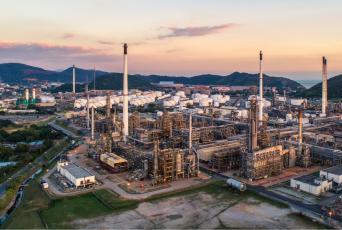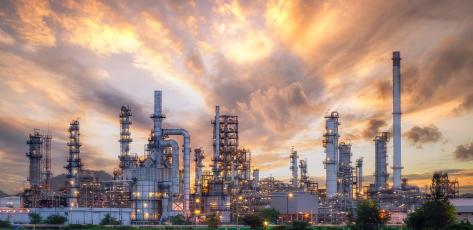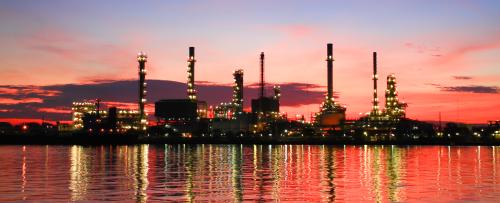“The one constant through all the years, Ray, has been baseball. America has rolled by like an army of steamrollers. It’s been erased like a blackboard, rebuilt, and erased again. But baseball has marked the time. This field, this game, is a part of our past, Ray. It reminds us of all that once was good, and it could be again.” – Terrence Mann (played by James Earl Jones), in the 1989 film, Field of Dreams
Baseball and the fuels and petrochemicals industries are inextricably linked. Ironically, our industries are responsible for contributing to both baseball itself, the romanticized icon of days-gone-by, and the country’s incredible progression that Terrence Mann waxed poetic in Field of Dreams. I doubt there are many readers who recall professional baseball’s Federal League. It was considered the third major league, behind the American and National leagues, and only existed for a few years between 1913 and 1915. One of its principal financiers was a man named Harry Ford Sinclair, founder of Sinclair Oil. Perhaps the most notable accomplishment of the Federal League was the construction of Wrigley Field, home to the 2016 World Champion Chicago Cubs. Our industries left their mark on the amateur circuit as well. Teams throughout the country in refining areas such as Beaumont, Texas fielded teams from Magnolia, the Texas Company, Pure Oil and others that competed after work and on weekends. Players even mowed the grass and maintained the fields. This was a bunch that wouldn’t look out of place coming from Ray Kinsella’s corn fields. The first inductee into the Baseball Hall of Fame, Walter Johnson, got his start playing for a team known as the Olinda Oil Wells named after the Olinda oil field in Orange County, CA. Even today, the Northwest Indiana Oilmen play their baseball at Oil City Stadium in Standard Diamonds Park in Whiting, Indiana. Throughout time, baseball grew with, and because of, our industries. Before advancements in ground and air travel following World War II, Major League Baseball consisted of a handful of teams tightly clustered in the Great Lakes region and Northeast. This meant playing only twenty-two games against seven opponents all year. By contrast, Major League Baseball is now an international brand with teams outside the United States. Last year, the Seattle Mariners alone traveled over 47,000 miles to play 162 games across multiple countries. Without the jet and bus fuels our industries provide, there might not even be a Seattle Mariners club. Our industries touch the fans’ baseball experience as well. Today, ballparks almost resemble amusement parks with amenities to satisfy any customer. With innumerable products produced from petrochemicals, they are monuments to innovation. From cushioned seats, to order-by-app conveniences, to air conditioned suites, the palaces of baseball-present stand in stark contrast to the plywood and nail sandlots of yesteryear. On this Opening Day, millions of Americans will watch baseball be played. There will be a lot of constants. There will still be three strikes and three outs, just as there were in those oil patch fields in Beaumont. But there will also be differences. A team from Florida will play a team from Chicago where the lights will be managed from a laptop. A child will watch his first game on a cell phone. We made this progress possible. Our industries built this, and they came.


